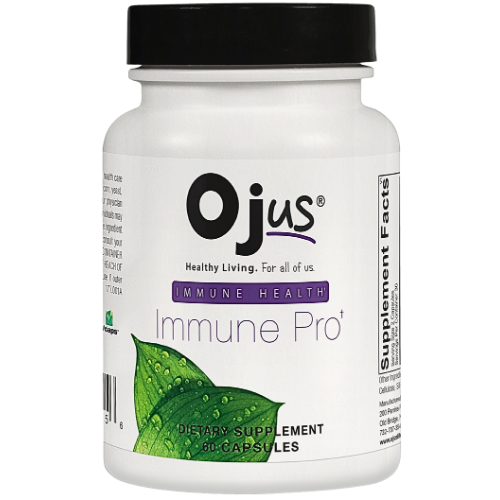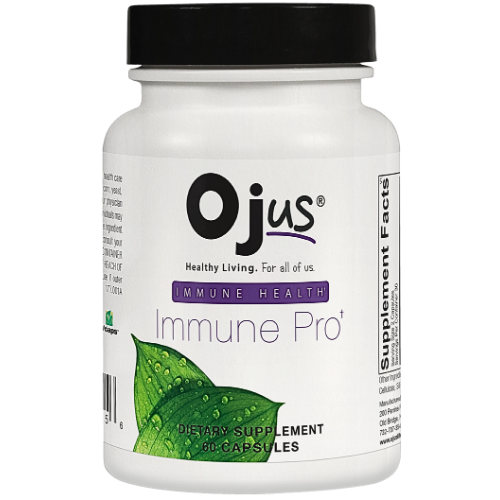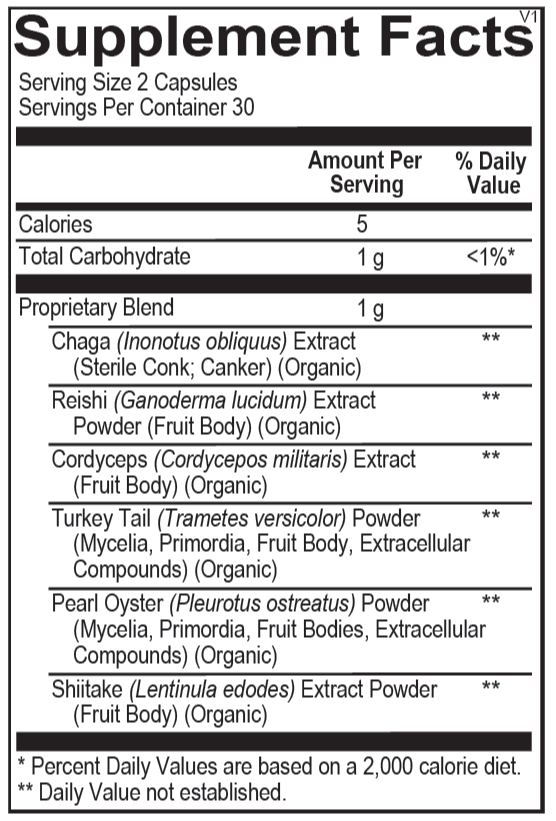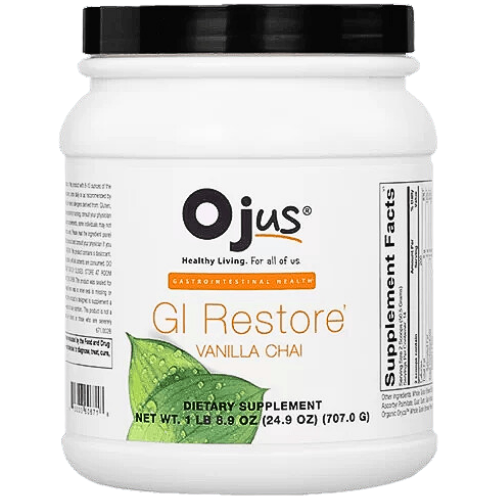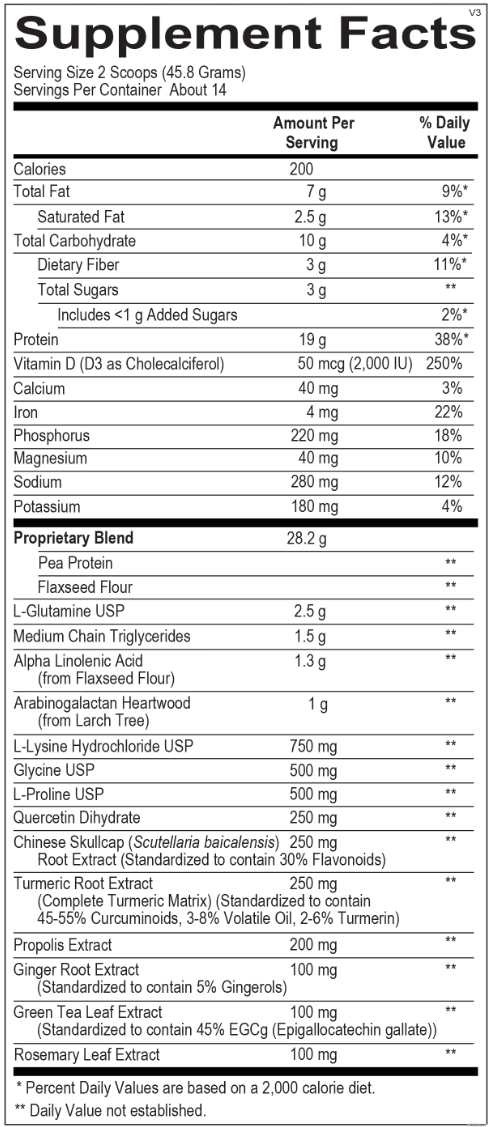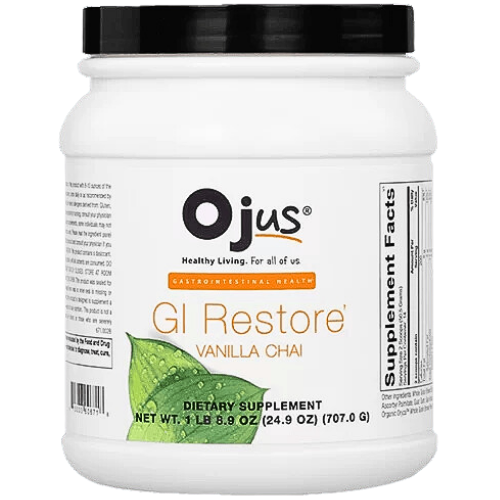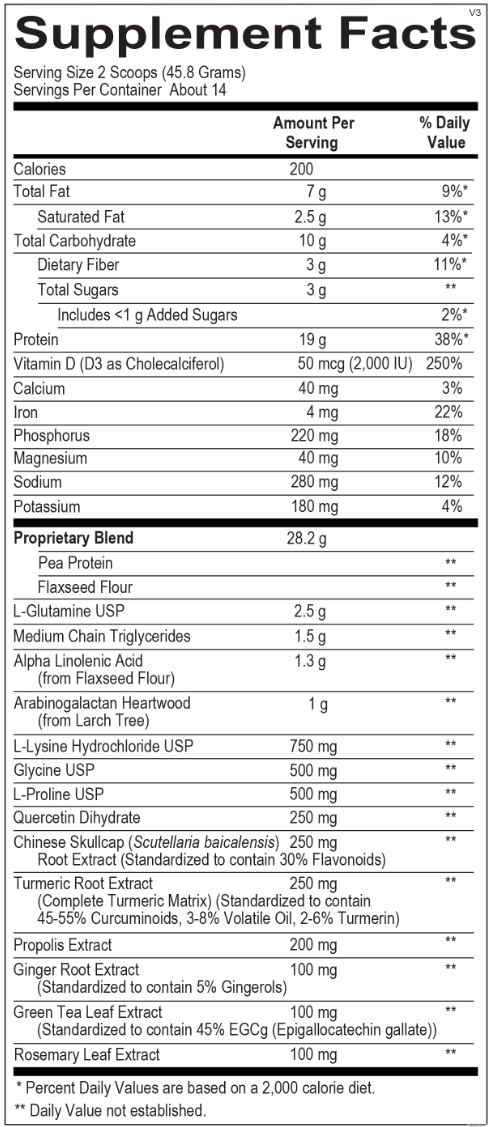
IV Therapy: Types, Purpose & Pros/Cons
Dr Anita NischalTable of Contents
| Did you know that around 95 percent of the population in the United States is not getting adequate vitamins and minerals? Apart from supplementation, IV Therapy is the second most important thing that can deliver enough supply of vitamins & minerals in the body. |
Hence, if you are somebody considering nutrient IV treatment but unsure if it is protected or even appropriate for you; consider all the sides of the same. That is the reason we’ve aggregated the absolute most normal advantages and disadvantages of nutrient IV Therapy for you to survey and think about before continuing.
What is IV Therapy?
Nutrient IV treatment is a sort of treatment generally utilized for an assortment of medical advantages, including age factors, improved invulnerability, disease counteraction, detoxification and then some. Numerous likewise use of IV treatment is to rapidly rehydrate after a significant accident or surgery, to alleviate the side effects of an after-effect and to help revive skin.
How does IV Therapy work?
IV treatment works by the transmission of nutrients and minerals into the circulatory system through an injection.
The cycle incorporates a meeting that enables the overseeing proficient to comprehend your clinical history. There is a short physical test that includes taking your crucial signs and playing out an appraisal.
During an Intravenous therapy, you get a fluid blend of saline alongside nutrients and minerals. The expert controlling the injection then places the needle to a vein, then a cylinder is connected and conveys the arrangement from the trickle sack into the circulation system.
The proficient will screen your mixture to ensure the IV dribble is streaming at the right rate. The entire cycle ordinarily takes somewhere in the range of 30 minutes to 60 minutes.
Purpose of IV Therapy
Here are some of the most common reasons that you may require an IV Therapy.
Dehydration
IVS treatment replaces the fluids that vanish in the body because of sweating, vomiting, and recurrent urination.
Pain Medication
Pain medication is an additional widespread fluid that is delivered by IV treatment. Through this, the nutrients can reach the bloodstream much faster, relieving patient’s pain much quicker as compared to a pill.
Blood Transfusions
A blood transfusion following a traumatic injury is the key purpose of IV therapy.
Types of IV Therapy
IV Push and IV Drip are the two main kinds of IV Therapy. The chief differences are the period of the treatment and the amount of injected fluids. Both IV Push and IV Drip Intravenous therapy permit for 90-100% vitamin absorption.
When to get IV Therapy done?
There are majorly two reasons why you would require infusion IV therapy:
- To immediate boosting of certain nutrients.
- Your body is unable to absorb nutrients because of a “leaky gut”.
Other symptoms why you need IVS Treatment include:
- Brittle Hair
- Lack of Appetite
- Mouth Problems
- Highly Irritable
- Constant Fatigue
- Diarrhea
It is recommended that if you have 3 or more of these symptoms, you must consider Infusion IV Therapy.
Who should get IV Therapy done?
People suffering from dehydration or nutrition deficiency or who cannot consume food or water by mouth must take IVS Treatment. The infusion IV therapy may also be used to administer medications or other medical therapy like blood products or electrolytes to spot on electrolyte imbalances.
Pros & Cons of IV Therapy
There are many advantages of the use of vitamin IV therapy. Below, look at some of the most common reasons patients opt for this Infusion IV therapy:
- Fast Absorption: One chief benefit of vitamin IV therapy is that the nutrients crammed into each dose can be engrossed into the body speedily.
- Energy Booster: Many patients want Intravenous therapy to help overturn the symptoms of fatigue and low metabolism.
- Anti-Aging Fighter: Apart from exercising, sleeping well, drinking lots of water and taking water-rich foods regularly, IV treatment can be an immense balancing method of helping refill fluids and fight off the signs of aging.
- Immunity Supporter: Infusion IV therapy supports immune systems to fight off on bacteria, viruses etc.
- Recovery & Performance Enhancer: IV treatment may also be used to speed up recovery time after an injury or workout as well as recovering athletic routine.
- Decrease of Allergy & Inflammation: An infusion IV therapy can be used to combat allergies and chronic ache. Other benefits of IV therapy are reduced pain, less migraines, more resistance to allergy-inducing irritants, and enhanced immunity amongst others.
The Cons
Here are some of the most extensively found disadvantages of IV therapy:
- Cost: IV therapy can be more on the high-priced side.
- Overdose of Vitamins: May result in an overdose of vitamins & minerals. Hence, suggested to follow a wellness program first and then visit an experienced doctor.
- Risk of Infection: There may be a risk for infection because IVs open up a through the path into the bloodstream and don’t permit the body a possibility to brawl against any bacteria.
Recommendations
There are numerous significant nutrient IV treatment advantages and disadvantages to consider before testing it out for you. The most significant activity at this stage is: research, talk with your primary care physician to check whether IV treatment is a decent choice for you.
Besides, before infusion IV therapy, do check all the nutrients present in your body, as overdosing can lead to problems. Also, you can enrol yourself in a wellness program, hosted by WHP Wellness .
Also Read:


